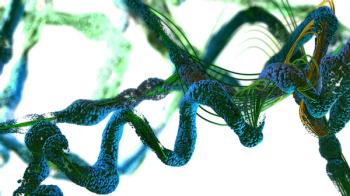
Cell-culture optimization may see benefits from a synthetic biology-based approach that improves product titer, quality, and time.

Cell-culture optimization may see benefits from a synthetic biology-based approach that improves product titer, quality, and time.

Establishing an automated inline dilution system can potentially ease bottlenecking delays resulting from higher upstream yields.
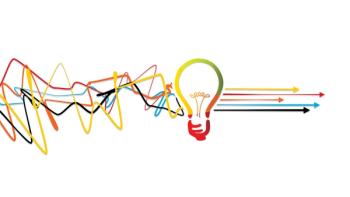
PAT advances are enabling improved process understanding, process control, and error prevention.

An innovation such as synthetic biology can develop a consistently stable starting cell line for cell therapy source material.
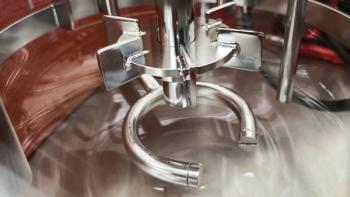
Bioreactor technology advances can offer seamless manufacturing scale-up and can reduce the timeline and cost of biologics production.

This article will explore the traditional path from the laboratory to the clinic and how the fixed-bed technology provides an alternative solution to meet commercial demands.

Process modeling offers an opportunity to troubleshoot for and anticipate difficult aspects of a bioprocess.

Innovative approaches, including ready-to-use materials and in-line dilution, can significantly streamline overall bioprocessing operations.
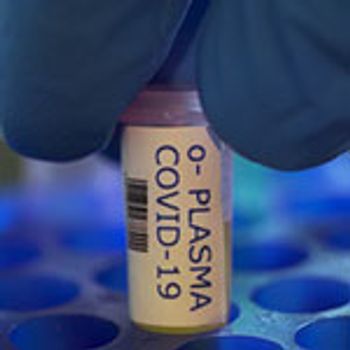
Therapies for early and late treatment and passive immunization of COVID-19 are needed and can be developed using antibodies from recovered patients.
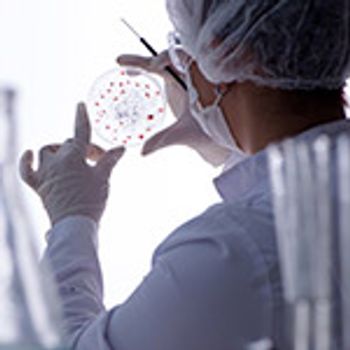
Synthetic biology has advanced the scope and scale with which biologically derived therapeutics can be developed.

New bioreactor designs, coupled with better media, process intensification and analytics, continue to improve upstream bioprocessing.

The new BIOSTAT STR Generation 3 with BIOBRAIN bioproduction platform offers process intensification with automated feed and bleed and integrated cell retention functionality.

Better understanding and control of cell behavior is yielding benefits, upstream and beyond.
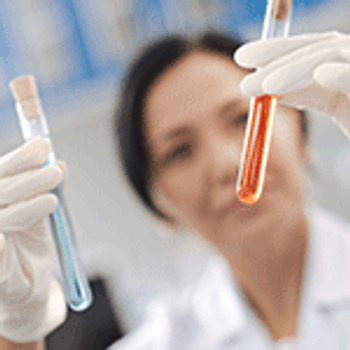
The future of raw material sourcing for mAb production may lay in the sustainability of the source and the added benefits of newer technologies.

By establishing effective management of data and knowledge, it will be possible to employ advances, such as artificial intelligence and synthetic biology, to their full potential in upstream bioprocessing.

The production of viral vectors for use in gene therapy benefits from being able to use similar cell-culture processes as mAbs, but it faces limitations under current cell-culture technologies.

Horizon Discovery Group and Mammoth Biosciences have signed a collaboration and license agreement aimed at the development of the next generation of engineered Chinese hamster ovary (CHO) cell lines to improve biotherapeutics production.
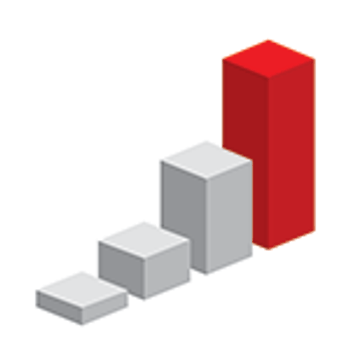
Industry experts debate the pros and cons of “going bigger” than the 2000-L industry norm in a single vessel.

The latest advances in upstream technologies include single-use equipment and a protein analyzer for titer monitoring, as well as new plasmid DNA manufacturing capability.
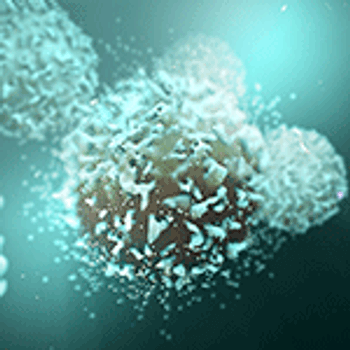
Accelerated approval pathways and growing demand for cell and gene therapies are putting pressure on providers of cellular starting materials, and they must ensure a steady supply.
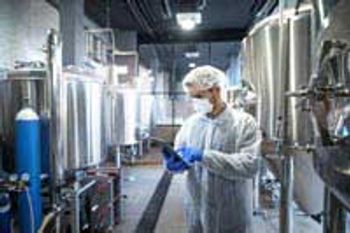
Modeling is being used for everything from yield improvement to facility design, but new initiatives plan to broaden its reach, both upstream and downstream.

Used with perfusion, alternating tangential flow and tangential flow filtration are redefining upstream efficiency.
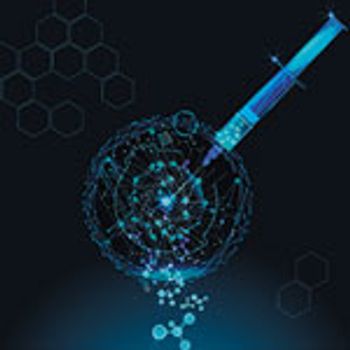
Leveraging automation and a step-by-step approach are keys to success.

In an effort to secure a continuous, sustainable supply of an important vaccine ingredient, Agenus is turning to a plant cell-based cell culture method for production.

The editors welcome technical article contributions from biopharma industry experts.